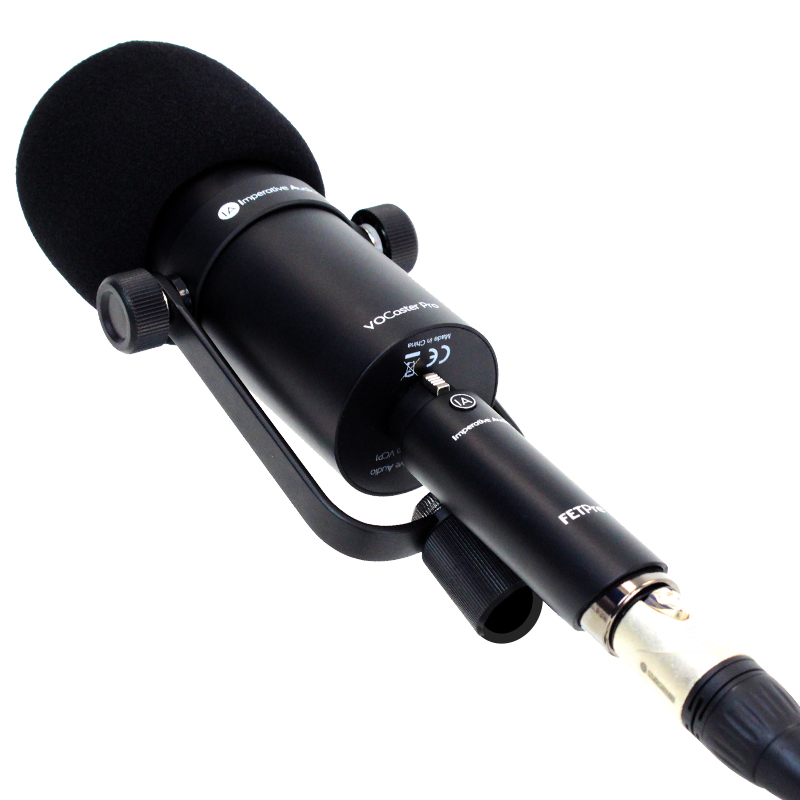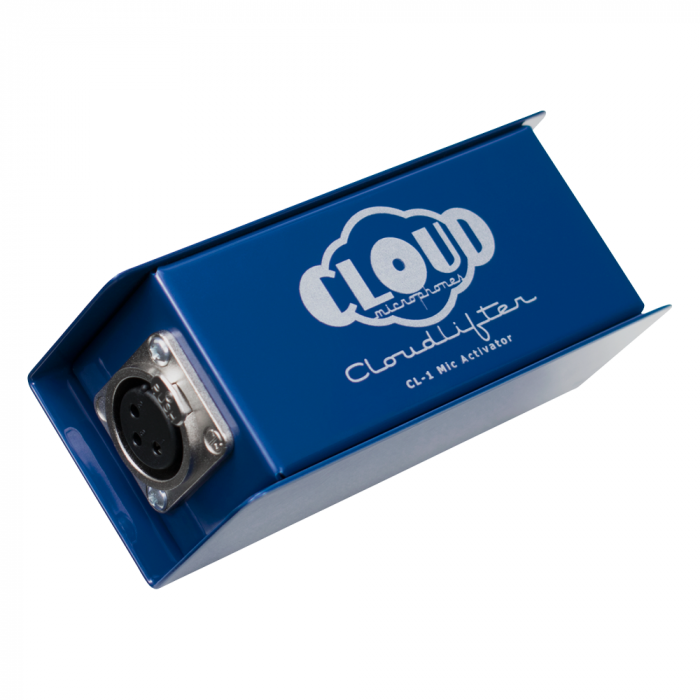What is an inline mic preamp? Sometimes known as an inline mic-activator or gain exciter. For lack of a better term, they are a pre-pre-amplifier.
Some options are the Cloud Microphones’ Cloudlifter, Triton Audios FETHead, Imperative Audio’s FETpre FP1 and SE Electronics Dynamite DM1.
 These devices originally came into action to help solve the problem of working with mismatched gear, especially vintage microphones. Not all microphones and consoles play well with others. These devices help you match the signal, happy recording everyone.
These devices originally came into action to help solve the problem of working with mismatched gear, especially vintage microphones. Not all microphones and consoles play well with others. These devices help you match the signal, happy recording everyone.
If you have a gain hungry microphone such as a Shure SM7B, Electro-Voice RE20 or Imperative Audio VOCaster Pro, you will find yourself having to crank the gain on your interface or console, sometimes all the way up to get the desired signal level, but when you add that much gain on your interface you will also be adding noise, an unwanted audible hiss.
"To solve that problem, you can boost your microphone before it hits your console or interfaces so that you don’t overload your input."
An inline mic pre is a booster that sits in-between your microphone and the input on your interface or mixer. It’s an active pre-amp that’s designed for passive ribbon and dynamic microphones. It’s the perfect way to add a transparent gain boost to your signal without adding noise or colouration, meaning that you can use a much lower gain setting on your device’s input.

"Condenser mics typically have a higher output, so why not use one of those?"
Dynamic mics typically tend to be more durable than condensers, but more importantly, when you’re recording voiceovers, podcasts, reporting or broadcast, it’s important to have a clean signal, free of background and ambient noise. Dynamic microphones are more suited for rejecting sound from further away.
They are fitted with a female XLR connector for your passive microphone, and a Male 3-pin XLR to connect the mic preamp to the interface, console, or XLR cable depending on how you want to configure your set-up. These useful bits of gear aren’t usually bigger than a pack of cards, therefore, are super portable making them perfect for fieldwork and working on the go, as well as having a permanent feature in your studio.
These gain-exciters tend to run on 48v phantom power, but they don’t pass that Phantom power onto the microphone, so no need to worry about your highly sensitive ribbon mics.
It’s recommended to plug these directly into the microphone when possible, but if it’s not doable in your situation I’d recommend connecting it with as shorter XLR cable as possible. The shorter the cable, the less signal decay and the better the overall performance of the booster will be.
Inline mic preamps are a quick fix for low output passive microphones, providing low noise amplification allowing you to retain the dynamics of your vocals whilst boosting power and retaining high-quality audio.
Explore our range of mic preamps here

 Price Match
Price Match Excellent support
Excellent support Trustpilot
Trustpilot FREE Delivery over £99*
FREE Delivery over £99* Spread payments with Klarna
Spread payments with Klarna